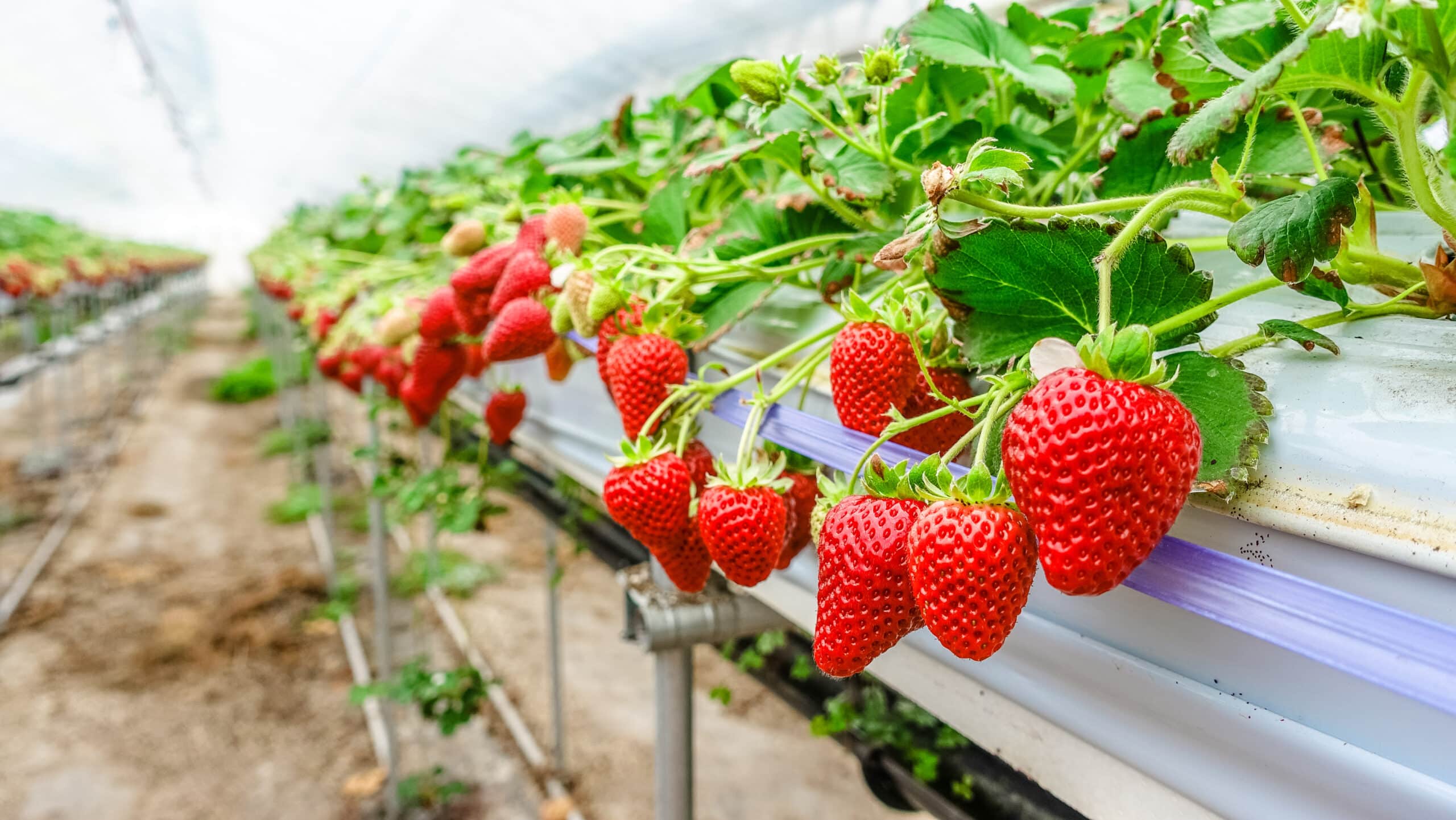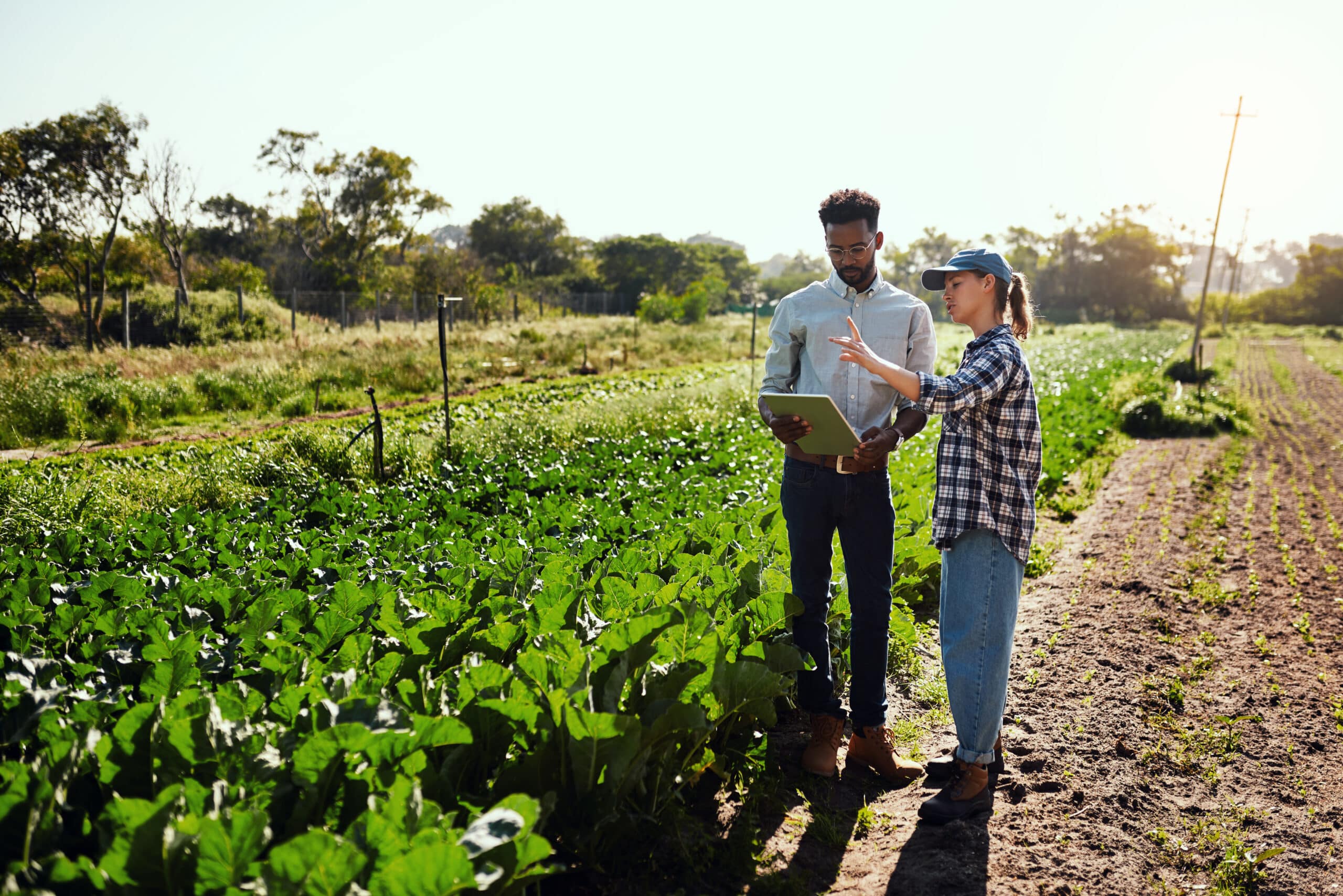The global food and agribusiness sector faces mounting financial uncertainty. Extreme weather events are becoming more frequent, regulatory pressure on emissions is intensifying, and investors are increasingly prioritising environmentally conscious portfolios. Yet despite this shifting landscape, a fundamental flaw persists in how the industry values its core assets. The traditional asset and liability investigation, rooted in historical performance, creates a systemic blind spot by failing to identify the potential for stranded assets to develop. This can lead acquirers to significantly misprice land, infrastructure, and entire business models.
The limitations of traditional asset and liability investigation
Financial due diligence has long been the cornerstone of sound investment decisions. By examining historical financial statements, balance sheets, and cash flows , analysts build a picture of past profitability and current financial position. This process helps verify what has already happened and identify financial irregularities. However, its inherent limitation is its retrospective nature. It is designed to confirm the past, not to anticipate what is likely to happen in the future.
For decades, this backward-looking approach was sufficient. Agricultural assets like farmland, processing facilities, and water rights were valued based on historical productivity, with the underlying assumption being that the future would resemble the past. However, climate change is fundamentally altering the operating environment for agribusiness, often rendering historical data an unreliable predictor of future performance. For instance, agricultural land in a region that has experienced consistent rainfall patterns may have stable historical crop yields and predictable returns, but if climate models indicate that this region faces an increasing risk of drought, the land’s future productivity and value are likely to be dramatically lower. Similarly, an agribusiness with strong historical margins based on temperature-sensitive crops may face significant operational risk from rising temperatures, and it is precisely these types of scenarios that standard asset and liability investigations often fail to quantify.
The stranded asset problem
The concept of stranded assets has gained prominence in discussions about the energy sector, where fossil‑fuel reserves can become uneconomical in certain circumstances, but the agribusiness sector faces an equivalent threat. By nature, agriculture is weather dependent, and so its assets can prematurely lose economic value due to freak weather events and climate-related risks. While some climate risks are obvious, acute events such as hurricanes, floods, wildfires, and droughts can destroy infrastructure, disrupt operations, and decimate crop yields. Other chronic risks, such as increasing temperatures, changing precipitation patterns, and rising sea levels, may not be so apparent while similarly eroding the business’ productive capacity and long-term economic viability.
Water rights are a pertinent example. In many regions, agricultural operations depend on access to water from rivers, aquifers, or reservoirs. However, as climate change erodes water reserves and drives water scarcity, these rights may become worthless. A drying river basin can render water rights economically unviable, stranding the associated agricultural land and the businesses that depend on it. Similarly, crop varieties that are not suited to changing climate conditions may need to be replaced, requiring significant reinvestment potentially rendering existing seed stocks, equipment, and other assets obsolete.
Exacerbating these challenges is the prominence of private water capital and the water futures market. This combination threatens to see water reservoirs go from shared public resources to speculative assets, concentrating control in the hands of investors and further marginalising farmers and local communities who rely on equitable access for their livelihoods.
Transition risks add another layer of complexity. As governments implement climate policies such as carbon pricing, emissions caps, and land use regulations, the cost structure and viability of certain agribusiness operations will change. Agribusinesses that produce high levels of emissions may face rising carbon taxes, require costly retrofits, or lose access to certain markets.
Integrating climate science into asset and liability investigations
Conventional asset and liability investigations frequently ignore forward-looking climate risks. Too often, climate risks are framed as compliance issues, and viewing it solely through this lens fundamentally underestimates its strategic importance. Exposure to climate change is not an abstract risk; it can have very real financial outcomes that fundamentally alter the feasibility and viability of M&A transactions.
A robust asset and liability investigation ought to be comprehensive, it should include soft due diligence and integrate climate science with financial modelling and stress-test valuations under different warming scenarios. The investigation should assess the target company’s preparedness and adaptive capacity and consider what investments will be required to improve climate resilience.
Importantly, this process is not about perfectly predicting future outcomes. Climate models involve uncertainty, and it is impossible to forecast the precise impact of climate change on a specific asset. However, scenario analyses can test resilience by asking which assets are likely to retain their value and which are at risk of becoming stranded under a plausible range of climate futures.
For investors, this type of climate-aware asset and liability investigation is a powerful tool. One that can help prevent mispricing assets and businesses. In fact, more than 40% of US investors have successfully renegotiated a lower purchase price after uncovering material issues during environmental, social, and governance due diligence proceedings, and more than half of US investors have cancelled one or more deals after a material ESG issue was uncovered.
In addition to risk mitigation, climate-aware asset and liability investigations can also identify genuinely resilient assets that are undervalued by the market. A farming operation built around climate-sensitive crop varieties or one that has invested in water-efficient irrigation systems or renewable energy sources may be worth significantly more than traditional valuations might suggest. Acquirers who can identify and value these “green assets” may gain a competitive edge, acquiring them at a fair price before the broader market fully recognises their value.
For existing agribusiness operators, there is strategic value in understanding and managing the climate risks embedded in their balance sheets. A comprehensive asset and liability investigation should provide a roadmap for capital expenditure targeting infrastructural and operational risks and ultimately mitigate risks and reduce future costs. Our research has shown that companies with high average environmental, social, and governance scores experience lower costs of capital compared to their poorly rated peers. As investor sentiment and capital allocation increasingly favour sustainable investments, agribusinesses with superior climate resilience gain a tangible financial advantage.
For policymakers, the implications are equally profound. National food security depends on the resilience of the agricultural base. If a significant portion of a country’s farmland, water resources, or food processing capacity is at risk of becoming stranded due to climate change, the consequences for food supply and price stability could be severe. Analysing the exposure of climate-sensitive assets can provide policymakers with a clearer picture of potential vulnerabilities and inform decisions on agricultural subsidies, land use planning, water allocation, and infrastructure investment. Ultimately, proactive adaptation measures, guided by rigorous risk assessment, are far more cost-effective than reactive responses in the long run.
Taking action and improving climate resilience
The conventional approach to asset and liability investigation frequently ignores forward-looking climate risks and systematically misprices land, water rights, infrastructure, and business models. The consequence can be a dangerous accumulation of unrecognised liabilities that can result in sudden asset write-downs, stranded investments, and financial losses.
The solution is not to abandon traditional financial due diligence but to fundamentally expand it. To be more climate-aware during asset and liability investigations and to integrate climate science into financial models and stress-testing valuations. Industry leaders who embed climate considerations into their due diligence frameworks will be better positioned to identify resilient assets, avoid catastrophic mispricing, and capitalise on the opportunities that climate adaptation presents. Those who fail to act risk discovering that the assets on their balance sheets are worth far less than they believed much too late.
At Farrelly Mitchell, our investment advisory and sustainability experts provide strategic, technical, and commercial expertise including due diligence to help your operation make informed decisions in the face of climate volatility. We can fortify asset and liability investigations by integrating climate risk assessments and using robust frameworks to stress-test valuations.
With a proven track record across the food and agribusiness value chain, we combine local market insights with global best practices to future-proof your investments and optimise your operations, allowing you to capitalise on emerging opportunities. Our services include technical, commercial, operational, and ESG due diligence, as well as risk analysis & management and feasibility and financial modelling. Contact our experts today to discuss how we can support your business as you navigate the climate transition and secure long-term, sustainable growth.














